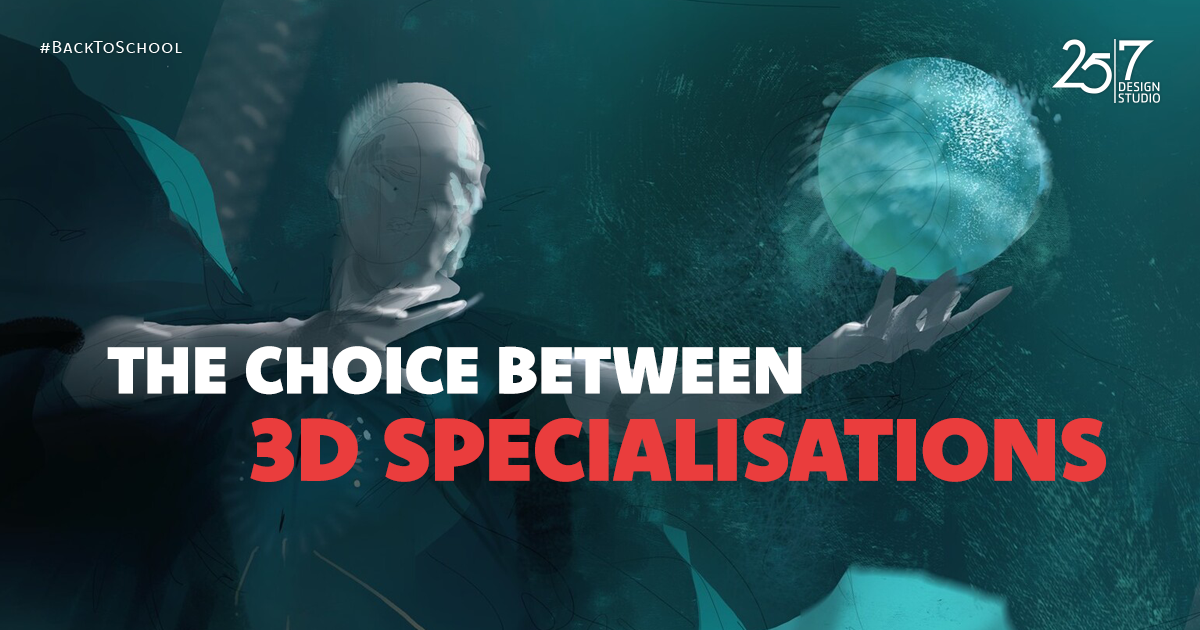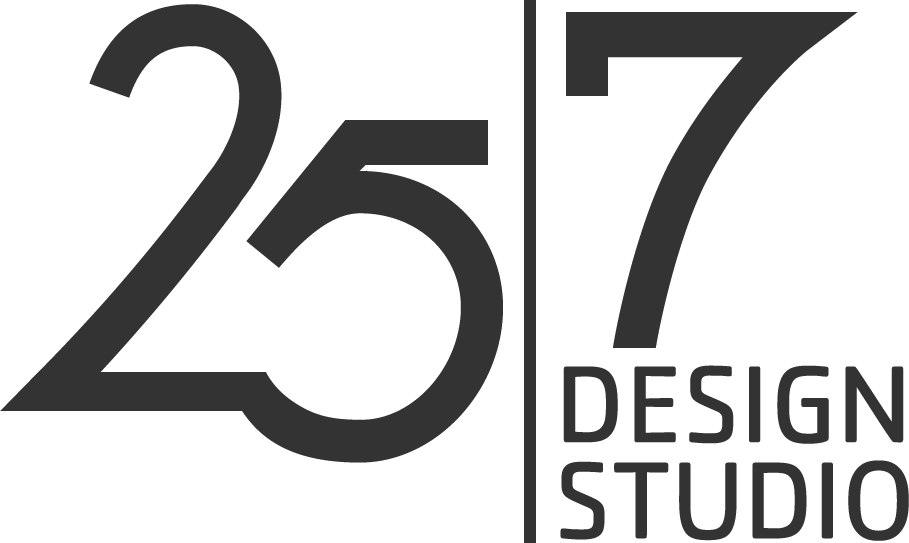The Choice Between 3D Specialisations

The good news is that you don’t have to choose between 3D specialisations right away, and even once you have, you can always add another on top of your existing one. The bad news is, well, there aren’t any bad news about it, really. So that’s also good news.
Where Everyone Wants to Work
Guerrilla Games. Rockstar. Bungie. Infinity Ward. Naughty Dog. Insomniac. Santa Monica Studio. All highly regarded development studios, and very well-known ones, too. Offering dream jobs, and equally high (and certainly not impossible) expectations to live up to. The number of very talented and skilled applicants one must compete with is staggering, but the competition that pushes the best to further improve also encourages whoever isn’t ready yet to change course from job application to further study instead. The industry’s growing rapidly, and while good jobs at top companies aren’t easy to score, if you’re really good and determined, nothing will stop you.
It is good to know, though, that top studios usually shoot for specialists with industry experience, so it is good to plan one’s way to the top step-by-step, instead of letting it all play out by sheer luck. There are many good studios all over the world, looking for well-educated artists, not necessarily demanding past roles in shipped AAA titles, where one can work and improve their skillset at the same time. From every point of view, it’s a win-win situation. And this scenario usually also comes with the opportunity to try out different roles, before making one’s ultimate choice between 3D specialisations.
What 3D Specialisations to Choose from
Eight out of ten of my students will pick CHARACTER ARTIST when I ask them about career plans. And it’s very easy to understand why. Most of us are fascinated by the fantastic characters in our favourite movies and video games. From magical creatures through hpyer-realistic monsters to humans that look alive, we often focus our attention to these spectacles so much that we forget to appreciate their surroundings. And boy, are we missing out!
I have a friend (industry veteran Gábor Forrai) who once told me he used to hop into empty servers in Battlefield 3 just to be able to walk around and look at the scenery. Now, before you think, what a weird thing to do, sit back and ask yourself, do you actually remember what your favourite levels look like in your top 3 deathmatch games? Not the layout, of course you know that very well. The look. Well?
Most game environments are based on real-life scenery (even the more fantastical ones). Levels are built like Lego structures; the large building blocks that are strategically placed to support the level design are populated by small items and their variations. Those items are modelled, sculpted and textured carefully to fit within the visual style dictated by the art direction, to have compatible parameters for the game engine, and to be able to coexist with other, similar items without being obviously repetitive. This is the job of the ENVIRONMENT ARTISTS and the ASSET/PROPS ARTISTS.
The last specialisation that’s still under the 3D modeller umbrella I would mention is VEHICLE ARTIST. That means excellent hard-surface modelling skills and at least a basic understanding of mechanical engineering. As always, concept art is great, but mostly unreliable (and I say it with respect to concept artists). Why? Because concept art is very complex thing; it shows shape, proportions, details, colours, but also atmosphere and often, context. In other words: concept art is not a blueprint with extras. So when you get that amazing-looking set of images with regards to the military sci-fi tank you need to create in 3D, you can expect that some details, and some mechanics will make little sense. That’s usually when you must figure out how to make it work in 3D, and those engineering skills come in handy.
After the level has been built, someone creates the lights (and the shadows), trying to find a middle-ground between realistic physics and optimal performance. And yes, I know, 4A Games have just released the PC Enhanced Edition of Metro Exodus which is entirely lit with physical accuracy, no tricks, it’s all raytraced, Digital Foundry explained it very well in this video. But that’s an exceptional feat in 2021, and it doesn’t mean at all that the end of the career of the LIGHTING ARTIST is nigh. Now lighting artists usually work in game engines, such as Unreal or Unity, but it doesn’t mean they never do the same in 3D software like Maya. It helps a lot to have some real-life experience with lights, so having a short course in photography or videography would definitely be beneficial.
Let me continue by stating that all ANIMATORS know a bit of rigging, and all RIGGERS know a bit of animation, so in order to become any of these, one needs to understand the basics of both. That’s why the general part of our 3D Masterclass has a module called General Rigging and Animation; one can’t exist without the other. But there’s more to both than that; a rigger can specialise as a CHARACTER RIGGER, and an animator can go and become a MOCAP SPECIALIST or a TECHNICAL ANIMATOR. Animation and rigging skills are also key to do simulation, which is what VFX ARTISTS do. Particles, dynamics, cloth, hair, and volumetrics; fluid simulations and explosions. One must be quite knowledgeable in the world of physics; it doesn’t hurt to understand scripting, and of course, artistic skills do also count regarding this specialisation.
So When to Choose (If Ever)?
This entirely depends on what career you’re shooting for. Small, indie studios will hire artists who are more in the GENERALIST category, while big studios with AAA IP’s usually hire specialists, because they utilise large groups of artists who work in logistically designed pipelines. I know. It sounds like factory work, but believe me, it doesn’t feel like that. I usually advise my more career-centric students that they should pick a common specialisation (like environment artist) and go for the big companies, participate in 2—3 projects that will upgrade their CV enough so they can choose what company they want to work for, or what other specialisation they want to try themselves out for. Whoever wants to become a serious generalist, my personal recommendation would be Gnomon’s 4-year bachelor program, where the first 3 years give serious generalist skills, and the 4th year opens up options for specialisation. Or, if someone wants to try every aspect a generalist would do, our own 3D Graphics Masterclass covers all of that, with highly personalised projects to populate your portfolio with, during your studies.
As always, if you have any questions, don’t hesitate to contact us, join our Discord server, our Facebook group, or interact with me on Monday afternoons at 5 pm (BST) during the stream on Twitch and YouTube.
Artwork used by kind permission of Karel D'Huyvetter.

